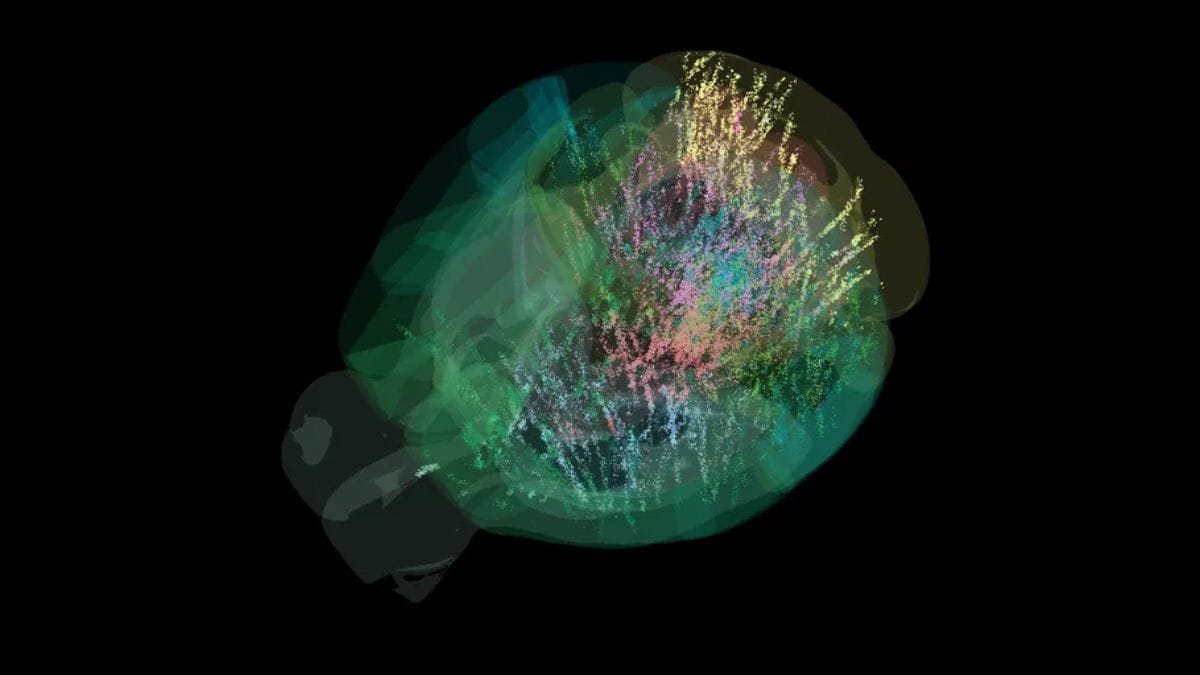Scientists have drawn the first ever map that shows the activity that drives the behavior of a mammal. The ambitious undertaking, which included more than a dozen labs and more than 600,000 mouse brain cells, spanned about 95% of the brain. Decision-making 'whole of brain' Published in the journal Nature, the findings challenge the conventional view of decision-making, which has it that one or two sectors of the brain are enough to make a choice possible. The research has been conducted by the International Brain Laboratory (IBL).
A Landmark Collaboration in Neuroscience
As per Live Science, other labs in previous studies had investigated different brain regions and behavioural tasks in slightly different ways. These differences resulted in studies with inconsistent results that were difficult to combine to draw overall conclusions about the relationship between behaviour and brain activity.
To address this, the IBL created a common task across 12 labs and employed new recording devices, Neuropixels probes, which can simultaneously record the activity of up to 1,000 neurons.
Decision-Making Found to Engage the Whole Brain
The experiment used a total of 139 mice, all reporting for the duty of responding to visual signals. When a black-and-white-striped marker flashed on a screen to the left or the right, the mice turned a wheel in that direction in exchange for a reward. The traditional notion had been that the visual cortex would first send a step-by-step activation onto the decision-making regions and then to the motor areas.
On the contrary, decision-relevant signals were evident across a remarkably broad spectrum of brain areas. This revealed that memory and decision-making were much more distributed than previously believed, a much more integrated image of brain processing.

Comments
Post a Comment